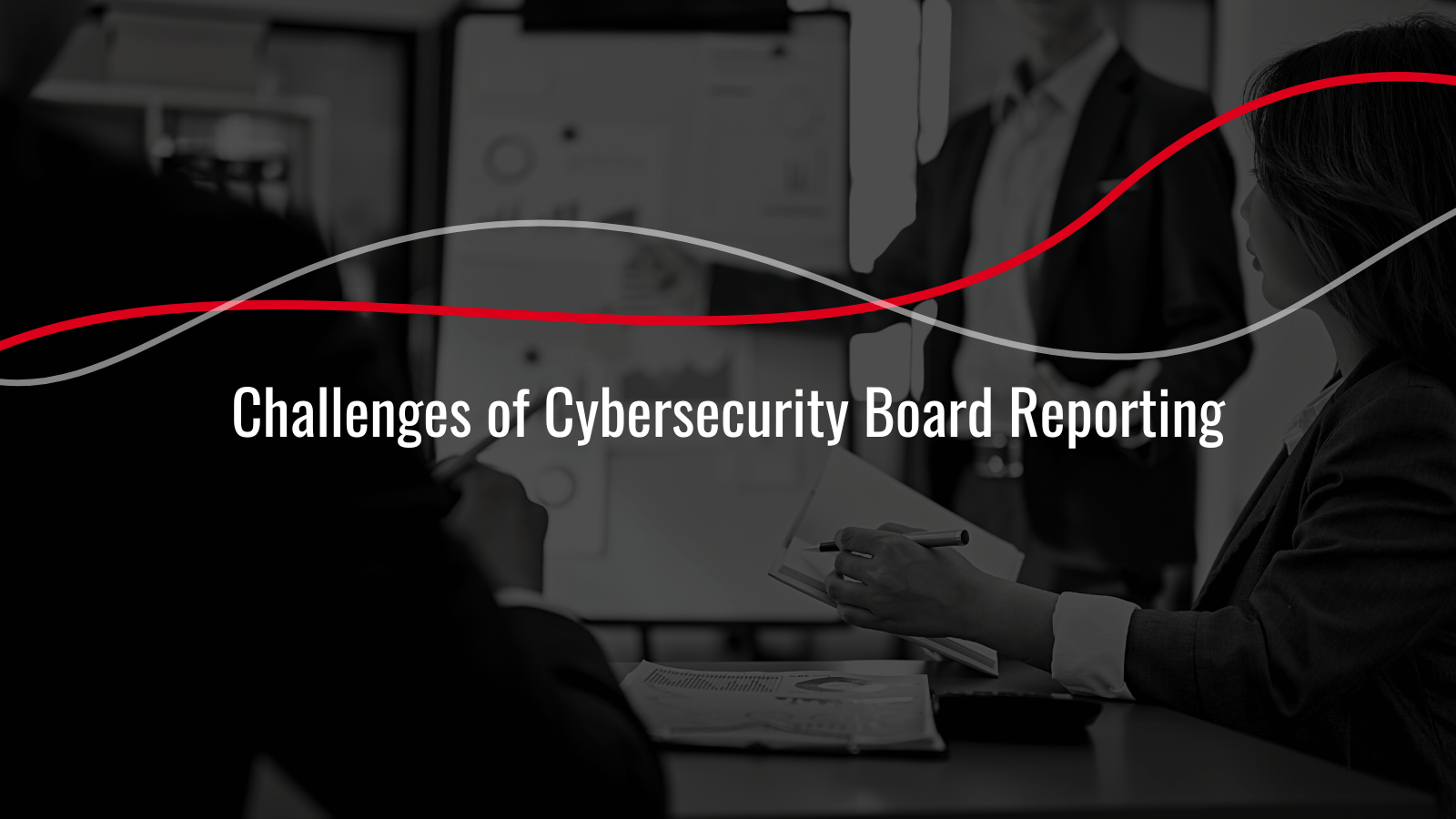What is Compliance Management in Cybersecurity?
With the adoption of cutting-edge technology in modern enterprises, the door is wide open for emerging and old cybersecurity concerns.

Many chief information security officers (CISOs) find the prospect of reporting on cybersecurity to the board of directors daunting. However, doing so allows them to keep the boards updated on the company’s cybersecurity status and prepare them for potential cyberattacks.
It is essential to provide decision-makers with insights to allocate the proper cybersecurity budget annually, which is especially important considering that the number of cyberattacks increased by 42% in the first half of 2022 compared to the same period in 2021.
On the other hand, many board members and directors in various organizations complain about not getting enough information or not comprehending the information presented to them in cybersecurity reports.
This article will discuss board members’ challenges in reviewing cybersecurity reports.
The Chief Information Security Officer (CISO) ’s report to the board of directors provides an in-depth review of the company’s cybersecurity threats. The board gains a greater understanding of the importance of security investment and can better foresee possible cyber risks and take proactive measures to secure both company and customer data.
The cybersecurity reports are written, naturally, by cybersecurity experts. Those experts use specific terminology that not all people can understand. It may be easy and simple for them, but it is not easy for board members who are not cyber experts.
For example, these are a few of the most common terminologies used by cybersecurity experts, which for a C-suite executive might seem a little bit odd.
Board members usually understand the language of numbers and financials; therefore, addressing them with cybersecurity terms such as the above-mentioned makes it difficult to acknowledge the risks and act accordingly.
With so many cybersecurity resources available online for C-suit executives, time is a critical factor, and not all have the time or mindset to educate themselves about such topics.
Software solutions like Salience by Humanize appeared to address these concerns and provide readable reports closing the gap between board members and cybersecurity experts.
The board is primarily concerned with finances, but they can be convinced of the necessity of a cybersecurity strategy by showing them figures and the potentially catastrophic expenses of cybercrimes.
For example, according to Forbes, the expenses of cyberattacks on U.S. businesses in 2021 were more than $6.9 billion. However, only 43% of those businesses believe they are financially prepared to confront a cyber-attack in 2022.
In the case of a cybersecurity breach, the intended victim may be the company’s digital assets, bank account, or the information of its customers. Customers will be entitled to refunds and an official apology from the company; Furthermore, some customers may sue the company or sever relations altogether, adding to the company’s financial losses and causing irreparable harm.
The value of the report from the cybersecurity board would be diminished if it lacked such specifics and instances.
The board members will better grasp the report if the potential financial losses are laid out in a straightforward and easy-to-understand manner.
Caring about the details and technicality of the organization’s cybersecurity is the job of the chief information security officer, not the c-suite. Technicalities can make the report seem too complex and inapprehensible by the board members.
All the board members need to know is the organization’s cybersecurity threats, the risks, what should be done to protect the organization’s information and its clients, and how much the company should invest in cybersecurity including the technicalities of how to do things, how the team is taking precautions, and how cybersecurity works can confuse the c-suite and complicate the reports.
The only way to effectively communicate cybersecurity with the board members is often and early. The mindset must be adapted based on ‘when’ the attack happens, not ‘if’ the attack happens.
Communicating the cyber risks, the organization faces at the last minute will not give the c-suite the time to fully understand those threats and enough time for the proper decisions.
SALIENCE provides role-based reports with the use of its Expert/business mode. Business mode is perfect for C-suite or the board to grasp financials and cyber risks.
There is no one-size-fits-all report for cybersecurity; thus, the report must be tailored to the specific needs of the company. In addition, it needs to be adapted to the board’s specific requirements early on, using straightforward, nontechnical language.